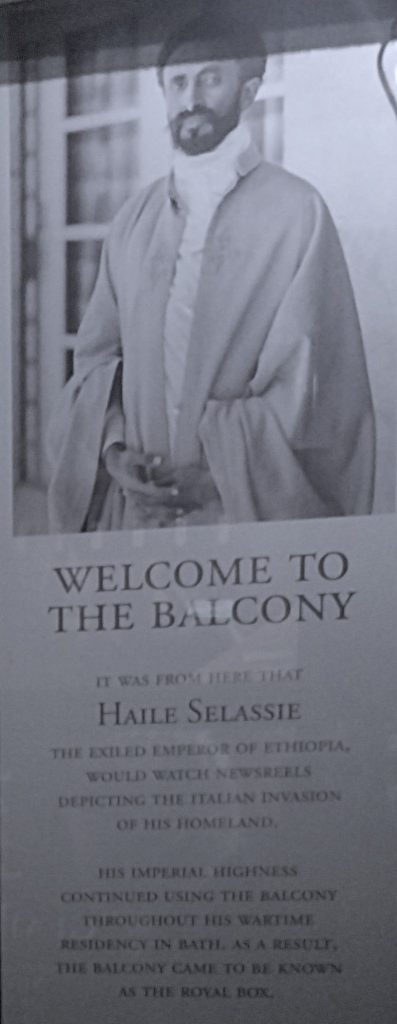Bath is well known for its Georgian architecture, Roman history and links with Jane Austen. It is also a popular backdrop for film and TV programmes. There are some little-known quirky facts about Bath that I find interesting and some may find rather surprising – here’s my top ten of lesser-known and unusual things about Bath:
1. Plasticine – William Harbutt (Headmaster of the Bath School of Art from 1874 to 1877) invented plasticine in 1897 in Bath. One of the famous uses of plasticine are the creations by Aardman Animations. Their studios are also based in the South West, just down the road in Bristol.
2. The planet Uranus was discovered in Bath by William Herschel at the house he shared with his sister Caroline (also an amateur astronomer and musician like her brother) in 19 New King Street on the 13th March 1781. The House is now the Herschel Museum of Astronomy, whose patron is Dr Brian May (the lead guitarist from rock band Queen). https://herschelmuseum.org.uk/
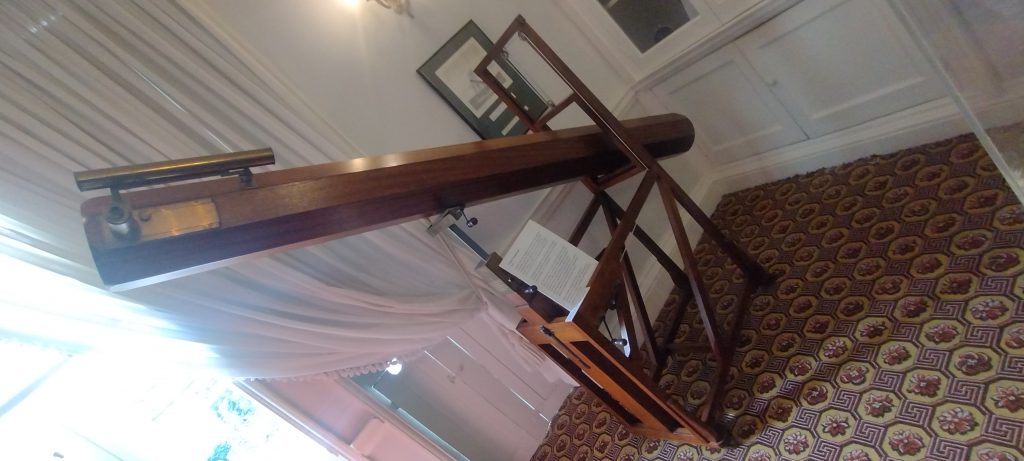
3. Mary Shelly wrote the majority of the first draft of Frankenstein in Bath from the end of 1816 to the beginning of 1817. The house she and her husband Percy Shelly lived in was knocked down for an extension of the Pump Rooms in the late 19th century. For more information go to Mary Shelly’s House of Frankenstein website: https://houseoffrankenstein.com
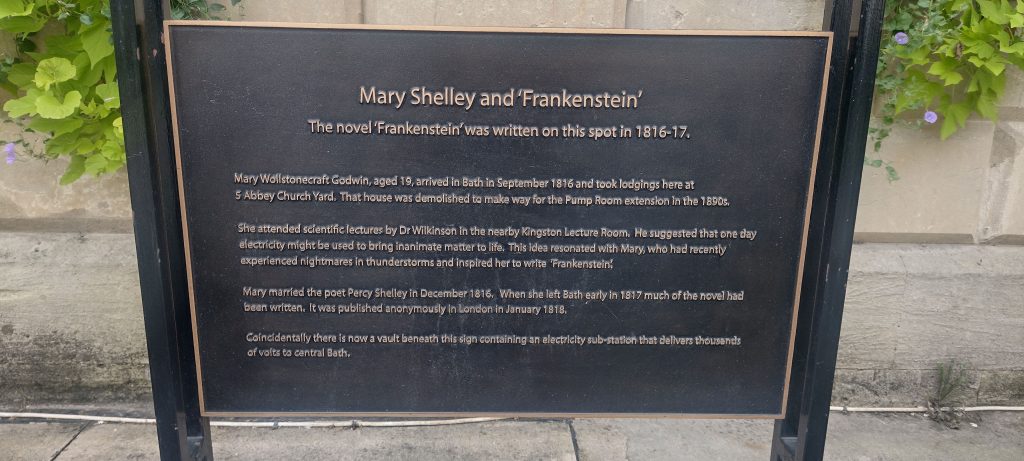
4. Bath was bombed during World War II between 1941 – 1942 and is known as the Bath Blitz. Plaques and memorials for those who died as a result of the Bath Blitz include: the War Memorial located at the Royal Avenue entrance for Victoria Park; two plaques in the memorial gardens on Shaftesbury Road, near Moorland Road in Oldfield Park; a plaque on the side of Bath’s old Labour Exchange, off James Street West. It currently houses a shop on the ground floor and flats in the new build above. The outer façade of the original building still shows the damage of the bombing during the Second World War.
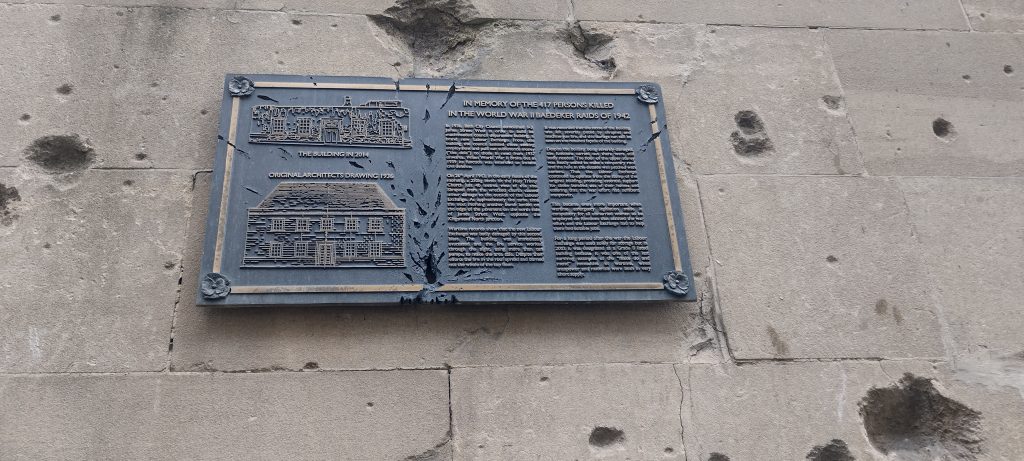
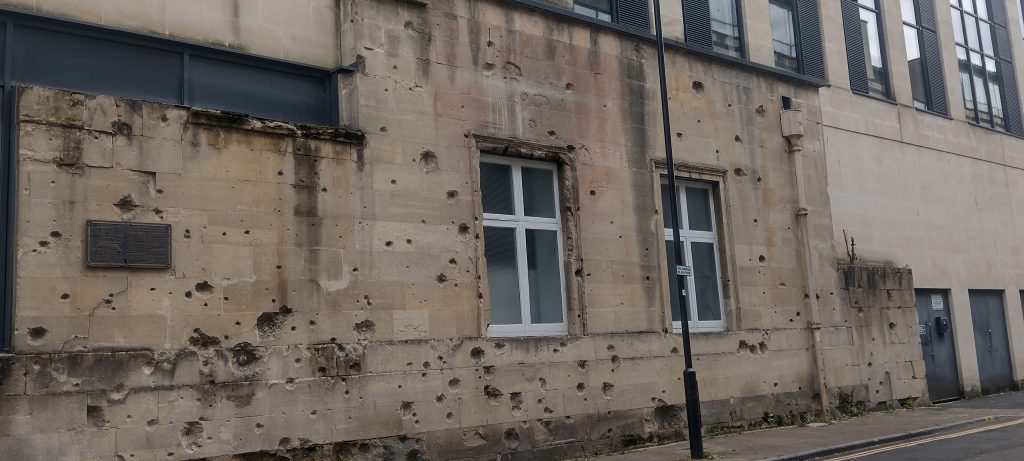
5. The world’s first letter that was posted with an adhesive stamp, was posted from Bath in 1840, from the Post Office in Broad Street. The stamp used was the Penny Black.
6. In 973 Edgar was crowned the king of England on the site of the current Bath Abbey, in an Anglo-Saxon monastery. This was the first of the three buildings of worship built on the site (the second being a Norman Cathedral).
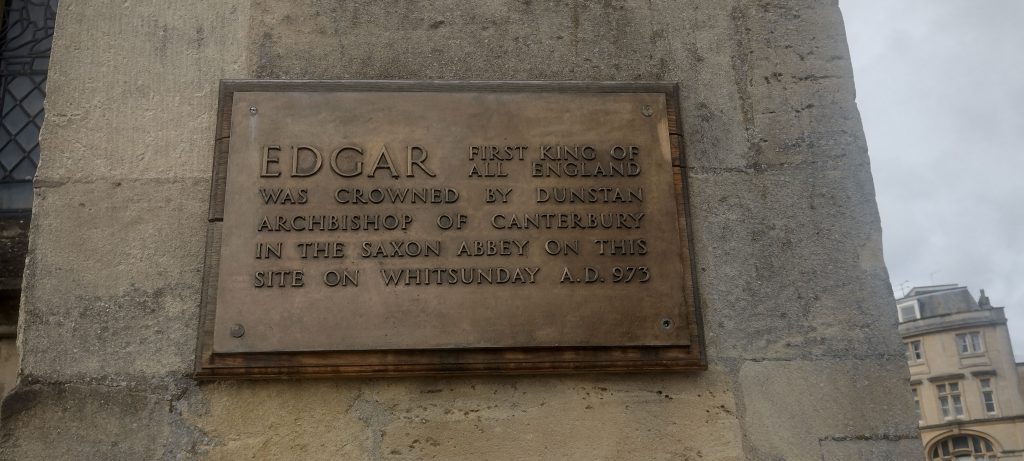
7. Norland College, who train the famous Norland nannies and established in 1892 by Emily Ward, moved to Bath in 2003.
8. Harry Patch, who was the last surviving British soldier who had fought in the First World War trenches, was from Combe Down in Bath.
9. Bath used to have two train stations. Bath Spa railway station was Bath’s first train station and is still in operation today. It was designed by Isambard Kingdom Brunel. The second train station was built around 20 years later, on the site of the current Green Park Station, which houses independent shops, offices in the vault’s underneath and a supermarket chain next to the original station among other things. It closed in the 1960s and was left in disrepair until it was redeveloped in the 1980s. For more information see their website: https://www.greenparkstation.co.uk/
The UK’s first Farmer’s Market started in Bath and its current home is at Green Park Station. It started in September 1997. Their website is: https://www.bathfarmersmarket.co.uk/
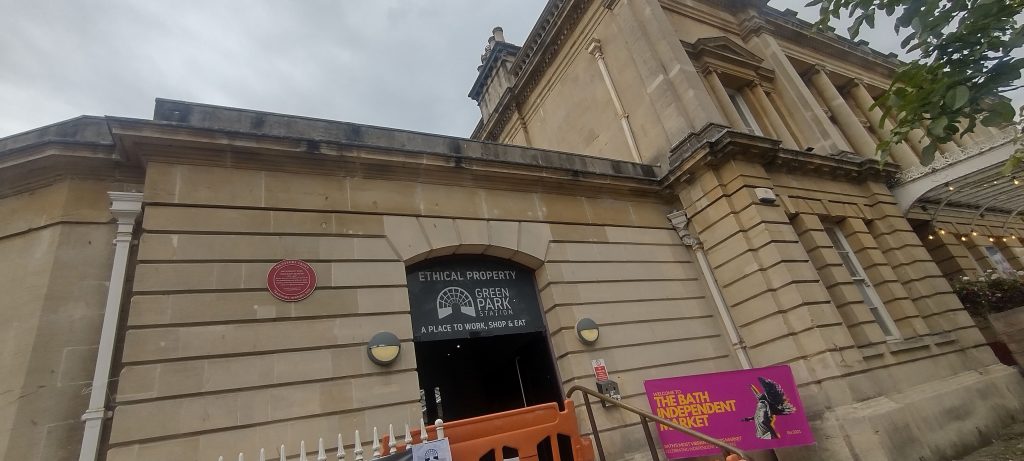
10. Haile Selassie I Emperor of Ethiopia lived in Bath in the late 1930s during his exile in the UK. He lived at Fairfield House, which is now home to the Fairfield House Bath Community Interest Company ( https://www.fairfieldhousebath.co.uk/ ). He often visited the Little Theatre cinema in Bath to watch newsreels of the Second World War, particularly about the Italian invasion of Ethiopia. He always used the balcony in screen 1, which was latter dubbed the Royal Box.
